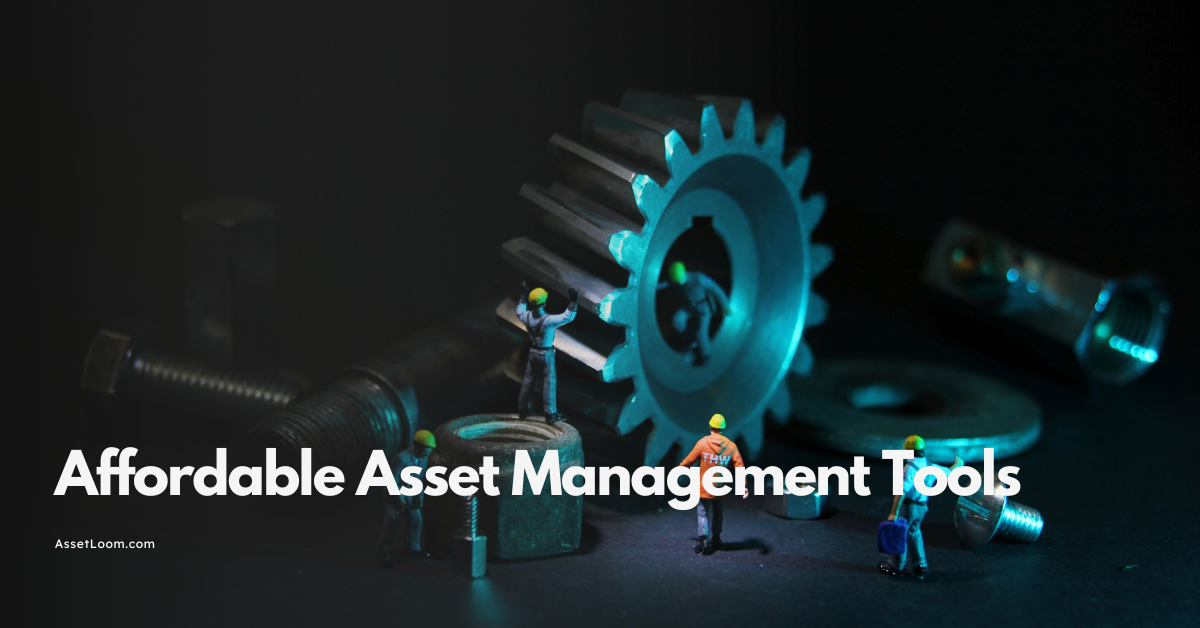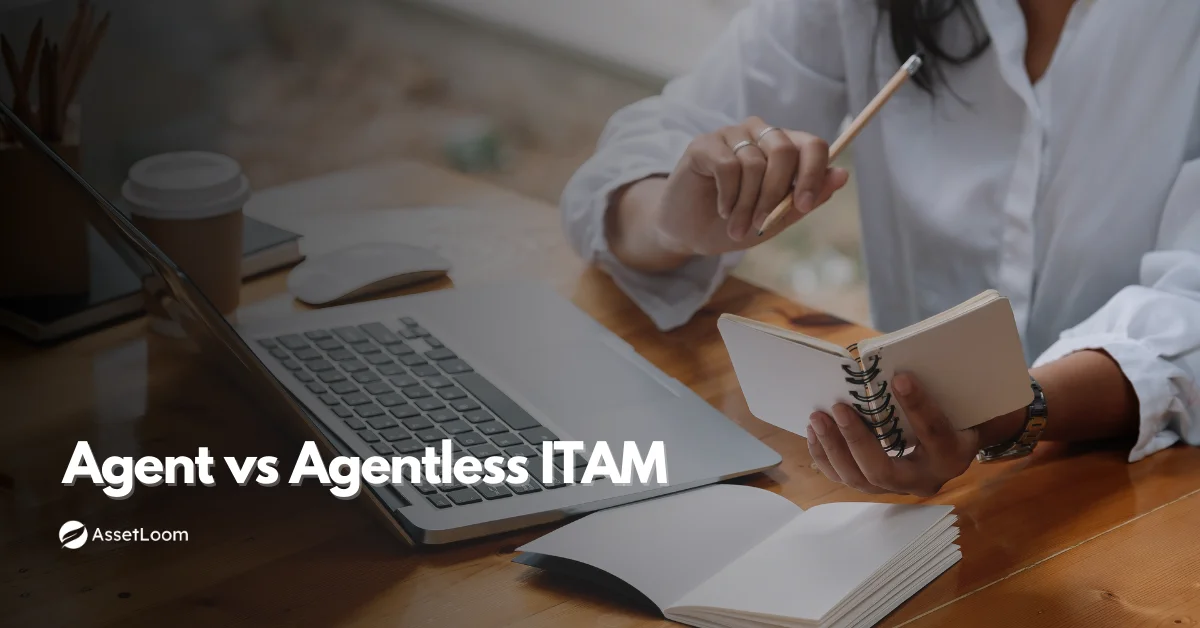How Remote Work Impacts IT Asset Management in 2025
Remote work and hybrid models become increasingly prevalent, the traditional methods of asset management must evolve to meet new challenges.
In 2025, remote and hybrid work environments become the standard for many businesses worldwide. With employees spread across various locations, managing IT assets has become more complex, requiring updated strategies that go beyond traditional office setups.
For IT managers, IT asset managers, and CIOs, this shift to remote and hybrid work means facing new challenges in tracking, securing, and maintaining assets. The systems and processes that worked well in a centralized office environment are no longer enough. With distributed teams, companies must rethink how they approach IT asset management (ITAM).
In this blog, we’ll explore how remote and hybrid work environments are reshaping ITAM in 2025, the new challenges that come with this shift, and the strategies IT leaders can implement to adapt. Whether you're looking to improve visibility, enhance security, or streamline maintenance, this post will equip you with the tools and insights to manage IT assets effectively in today’s evolving work landscape.
What is IT Asset Management (ITAM)?
IT Asset Management (ITAM) refers to the practice of overseeing and managing an organization's IT assets throughout their lifecycle from acquisition and usage to retirement and disposal. ITAM ensures that all hardware, software, and network resources are tracked, optimized, and maintained properly. It’s not just about knowing what devices or software are available; it’s about managing them to ensure they’re used efficiently, securely, and in compliance with regulations.
Here are the key components of ITAM:
- Hardware: Physical assets like computers, servers, mobile devices, printers, etc.
- Software: Software licenses, subscriptions, and cloud services.
- Network Assets: Routers, firewalls, switches, and other infrastructure that supports IT operations.
Effective ITAM ensures organizations maximize the value of their assets by avoiding waste, reducing costs, and preventing over- or under-procurement. It also plays a key role in security, compliance, and cost control. By tracking the full lifecycle of IT assets, businesses can optimize resource usage, streamline processes, and ensure they stay aligned with ever-evolving industry standards and regulations.
Now, as remote work and hybrid models become increasingly prevalent, the traditional methods of asset management must evolve to meet new challenges. ITAM is no longer just about managing assets in one centralized office it’s about managing a distributed, dynamic pool of assets in multiple locations. This shift makes ITAM not only more important but also more complex.
=> IT Asset Management Trends 2025: What IT Teams Need to Prepare For
The Role of ITAM in Hybrid Work Environment
As we move further into 2025, remote and hybrid work become the way most businesses operate. With employees working from home, the office, and everywhere in between, managing IT assets has become a lot more complicated. Traditional methods of keeping track of devices and software, designed for the old-school office setup, just don’t cut it anymore. IT Asset Management (ITAM) now needs to be smarter, more adaptable, and able to handle a workforce that’s spread out and constantly on the move.
So, how does ITAM play a key role in keeping everything running smoothly in a hybrid work environment? Let’s break it down:
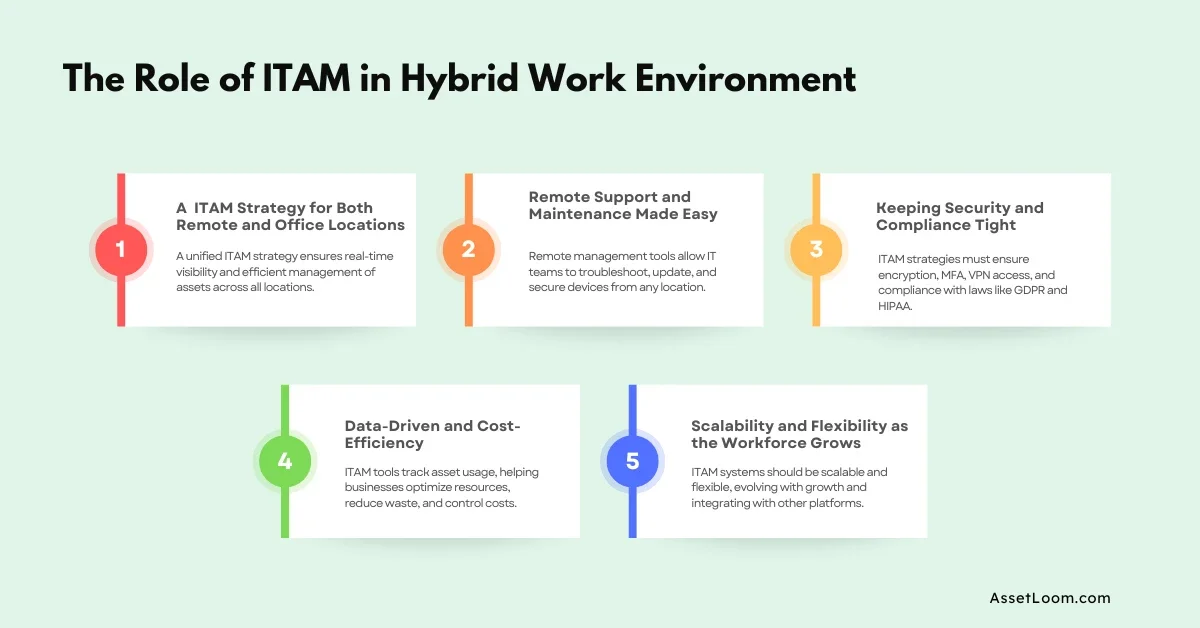
1. A Unified ITAM Strategy for Both Remote and Office Locations
In a hybrid setup, employees aren’t just sitting at desks in one office anymore. They’re working from home, coffee shops, or even co-working spaces. That makes it harder to track where devices are, whether they’re being used efficiently, and if they’re in good working order.
That’s where having a unified ITAM strategy comes in. IT teams need a system that provides real-time visibility into all assets whether they’re sitting on a desk at home or in the office. A central system means no matter where employees are, everything is accounted for, and nothing gets lost in the shuffle.
2. Remote Support and Maintenance Made Easy
When someone’s working from home, it’s not as simple as walking over to their desk and fixing a problem. IT teams need tools that allow them to manage and support devices remotely. Whether it’s pushing software updates or troubleshooting an issue with an employee’s laptop, remote management tools are essential.
With these tools, IT teams can maintain control over devices, making sure everything stays up-to-date and secure, even from afar.
3. Keeping Security and Compliance Tight
Security is one of the biggest challenges when working remotely. Employees are using personal devices on potentially unsecured networks, which opens up all sorts of security risks. ITAM strategies need to keep up with these challenges.
From ensuring encryption to enforcing multi-factor authentication and setting up VPN access, businesses need to stay on top of protecting sensitive data. On top of that, compliance with laws like GDPR and HIPAA needs to be maintained—even if employees are working from different parts of the world. ITAM tools must provide an easy way to stay compliant and keep security in check.
4. Data-Driven and Cost-Efficiency
One of the great things about ITAM tools is the ability to track how assets are being used. In a hybrid environment, this becomes crucial. It helps avoid over-purchasing unnecessary equipment or software.
By tracking asset utilization, businesses can make smarter decisions about what’s really needed and what’s sitting idle. This helps to repurpose underused resources, cut down on waste, and keep costs under control while also ensuring that employees have the tools they need to do their best work.
5. Scalability and Flexibility as the Workforce Grows
The hybrid work model isn’t static. As businesses grow and adapt to new work trends, ITAM systems need to be scalable and flexible. Whether it’s adding new devices, integrating with other business systems, or adjusting to new remote work policies, your ITAM strategy should be able to evolve with your company.
A good IT Asset Management system can easily integrate with HR, security, and other platforms, ensuring smooth operations no matter how large or dispersed the workforce becomes.
The Evolving ITAM Challenges in a Remote World
Managing IT assets in a remote or hybrid work setup presents several new challenges. Here are five key hurdles IT teams face:
- Asset Visibility: Keeping Track of Devices Everywhere
With employees working from various locations, tracking devices and software becomes harder. Without a central system, IT teams risk losing track of important assets, leading to inefficiencies and unnecessary purchases.
- Security Risks: More Devices, More Vulnerabilities
Employees accessing company resources from personal devices or unsecured networks increases vulnerability. Strong security measures like encryption, VPNs, and regular updates are necessary to protect sensitive data.
- Compliance: Navigating a Complex Landscape
Remote work across different regions means navigating a complex web of compliance laws. IT teams must ensure that assets meet varying regulatory requirements, like GDPR or HIPAA, regardless of where employees are working.
- Asset Lifecycle Management: Keeping Things Running Smoothly
Tracking the full lifecycle of assets, such as maintenance, updates, and replacements, becomes more difficult when employees are remote. Outdated or poorly maintained devices can lead to security risks and reduced productivity.
- Resource Allocation
Without visibility into how assets are being used, it is easy to over-purchase or under-utilize resources. Proper asset management helps ensure that investments are optimized, avoiding wasted funds.
Key Considerations in ITAM in a Hybrid Environment
Managing IT assets in a hybrid work environment requires careful thought and the right approach. Here are key factors IT managers should consider to ensure smooth operations:
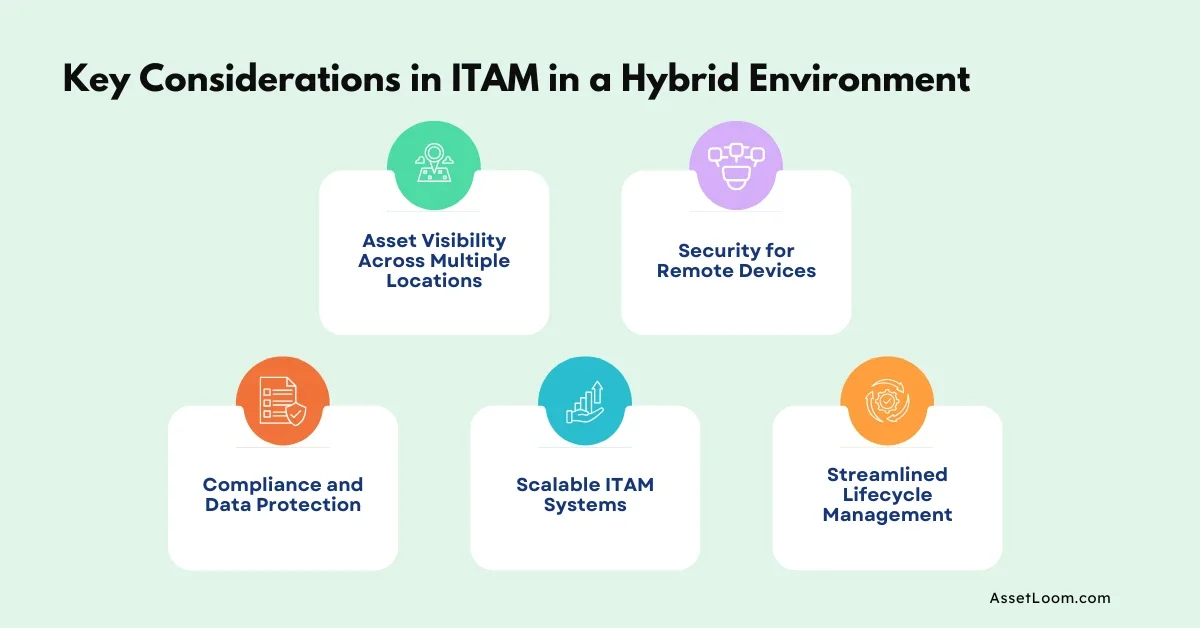
1. Asset Visibility Across Multiple Locations
Hybrid work means employees are spread out between the office and remote locations. To manage assets effectively, IT teams need systems that provide real-time visibility of devices and software, no matter where they are. This ensures assets are always accounted for and properly utilized.
Example: Without a central ITAM system, IT may lose track of the laptop’s location or its software updates. With a system like this, IT can see the device’s status in real-time, ensuring it is updated and secure, even when the employee is working remotely.
2. Security for Remote Devices
Security becomes a top priority when employees access company data from various locations. IT managers need to implement robust security protocols like VPNs, encryption, and device monitoring to ensure remote devices remain protected and compliant with company standards.
Example: An employee working from a coffee shop connects to the company network using public Wi-Fi. With a VPN and encryption, the connection remains secure, preventing any potential data breaches while accessing sensitive company information.
3. Compliance and Data Protection
In a hybrid environment, employees may be working from different countries or regions with varying data protection laws. ITAM systems should support cross-border compliance, ensuring assets are managed in line with regulations like GDPR, HIPAA, and other local laws.
Example: If an employee in the EU accesses customer data, the company must ensure the data is handled according to GDPR rules. ITAM systems can flag any devices accessing sensitive data, ensuring compliance and avoiding penalties.
4. Scalable ITAM Systems
As the hybrid work model continues to evolve, ITAM systems must be scalable to accommodate growing teams, new technologies, and changing business needs. IT managers should adopt flexible tools that can expand with the organization and integrate with other systems as needed.
Example: A growing tech startup hires more remote workers. As new devices and software need to be managed, the existing ITAM system is easily expanded to track the additional assets, ensuring smooth operations even as the workforce scales.
5. Streamlined Lifecycle Management
Managing the lifecycle of assets from procurement and maintenance to updates and retirement; requires automation and clear processes. Hybrid work adds complexity, so IT teams need tools that help them track asset health, schedule maintenance, and replace outdated equipment efficiently.
Example: An employee’s laptop reaches the end of its useful life, but instead of waiting for it to break down, the IT team automatically receives an alert from the ITAM system, prompting them to replace it before it affects productivity.
Leveraging ITAM to Improve Efficiency with AssetLoom
As we navigate the world of remote and hybrid work in 2025, having the right tools to manage IT assets is crucial. That's where AssetLoom, an advanced IT Asset Management platform, comes into play. Let’s explore how AssetLoom can improve the efficiency of your IT asset management strategy in today’s hybrid work environment.
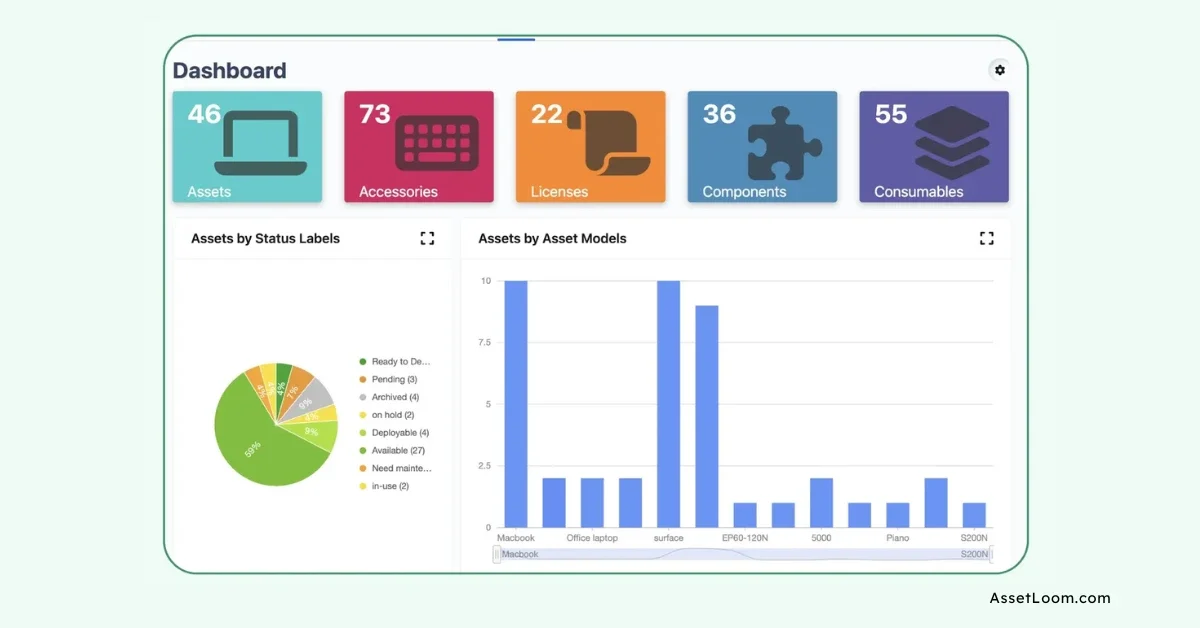
- **Real-Time Asset Tracking: **AssetLoom offers real-time visibility of all assets, whether they’re in the office or with remote employees. IT managers can track devices, software, and resources instantly, ensuring everything is accounted for.
- **Enhanced Security and Compliance: **With AssetLoom, IT teams can enforce security protocols and monitor compliance, ensuring devices are secure and up-to-date, even for remote workers.
- **Simplified Lifecycle Management: **AssetLoom automates asset lifecycle tasks like maintenance, updates, and replacements, ensuring assets stay in good condition without manual oversight.
- **Cost Optimization and Resource Allocation: **With insights from AssetLoom, IT managers can optimize asset utilization, avoiding unnecessary purchases and ensuring resources are effectively allocated.
- **Scalable and Flexible Integration: **As your hybrid workforce grows, AssetLoom scales with you. It integrates with other systems and can handle increasing numbers of assets efficiently.
Conclusion
As remote and hybrid work continue to shape the workplace in 2025, effective IT Asset Management (ITAM) is essential. The key to success lies in adopting modern solutions that ensure visibility, security, and compliance across all assets.
By using the right ITAM tools, businesses can streamline asset management, reduce risks, and improve efficiency no matter where employees are working. Now is the time for IT leaders to assess their strategies and embrace solutions that can handle the complexities of a hybrid work environment.

Subscribe for Expert Tips and Updates
Receive the latest news from AssetLoom. right in your inbox

